summer 2018 projects
|
Lindsey Barrett joined the Dearolf lab as a volunteer in the summer of 2017. During the summer, she studied the longissimus dorsi, the main locomotor muscle in bearded seals (Erignathus barbatus). She characterized the fiber-type profile of this muscle by staining it for its myosin ATPase activity and its reaction to certain myosin heavy chain antibodies. She continued this work into the fall semester by doing an independent study (BIOL 399), and she presented the results of her study at the 2018 Society for Integrative and Comparative Biology (SICB) meeting in San Francisco, CA. This summer, supported by a Hendrix College Odyssey grant, she processed more bearded seal muscle samples and helped to train Elijah Ballard. Working together, they have been able to add more animals to the data set, and Lindsey presented a talk about her project at the 2019 Southeast and Mid-Atlantic Marine Mammal Symposium (SEAMAMMS), which was held in Washington D.C. Lindsey’s study (and Elijah’s study below) would not have been possible without our collaborators: Dr. Nicole Thometz in San Francisco, Anna Bryan and Lori Quakenbush at the Alaska Department of Fish and Game, and Dr. Colleen Reichmuth at the University of California, Santa Cruz, as well as the subsistence hunters of Point Hope, AK. |
| A photo of our study species, the bearded seal, is on the top right, and on the lower right, the images depict cross-sections of bearded seal longissimus dorsi muscle stained for its myosin ATPase activity after basic pre incubation (A), and for its reaction to anti-slow (A4.951) (B) and anti-fast IIa (SC-71) (C) myosin antibodies. The numbers indicate the same fibers on each image. | 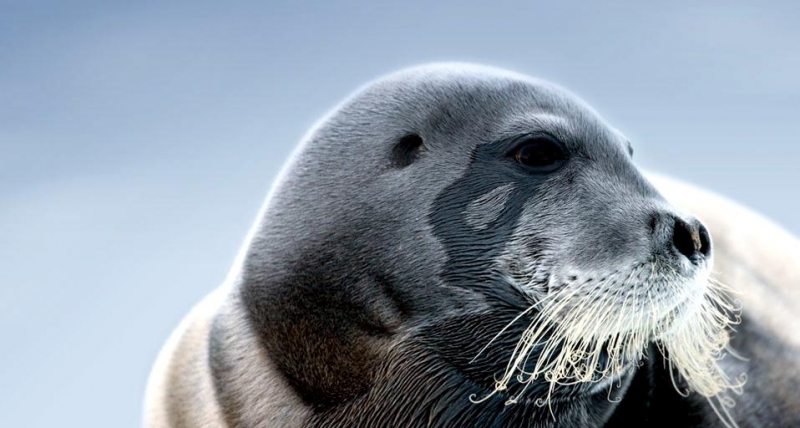 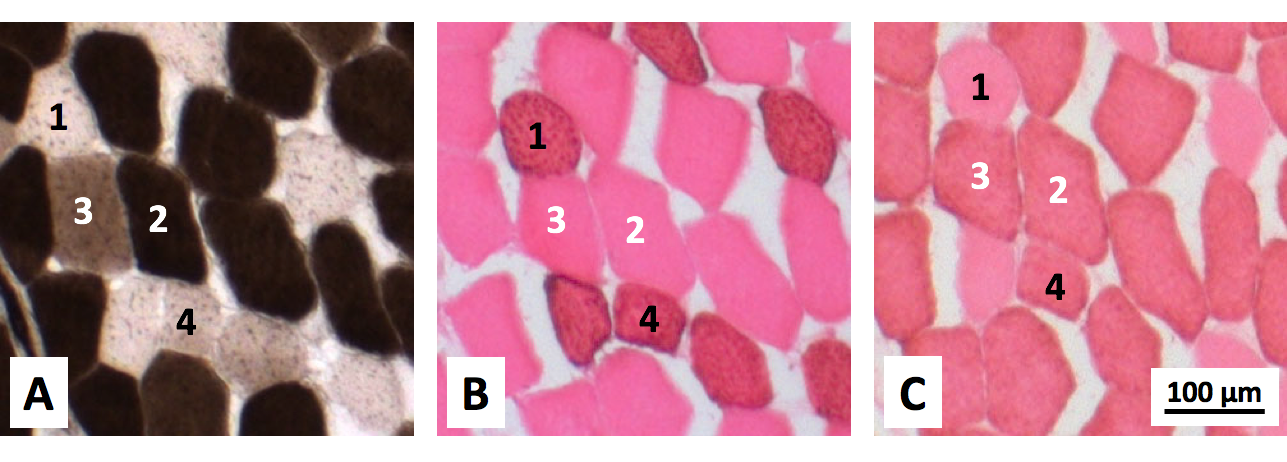 |
_NOAA.jpg) 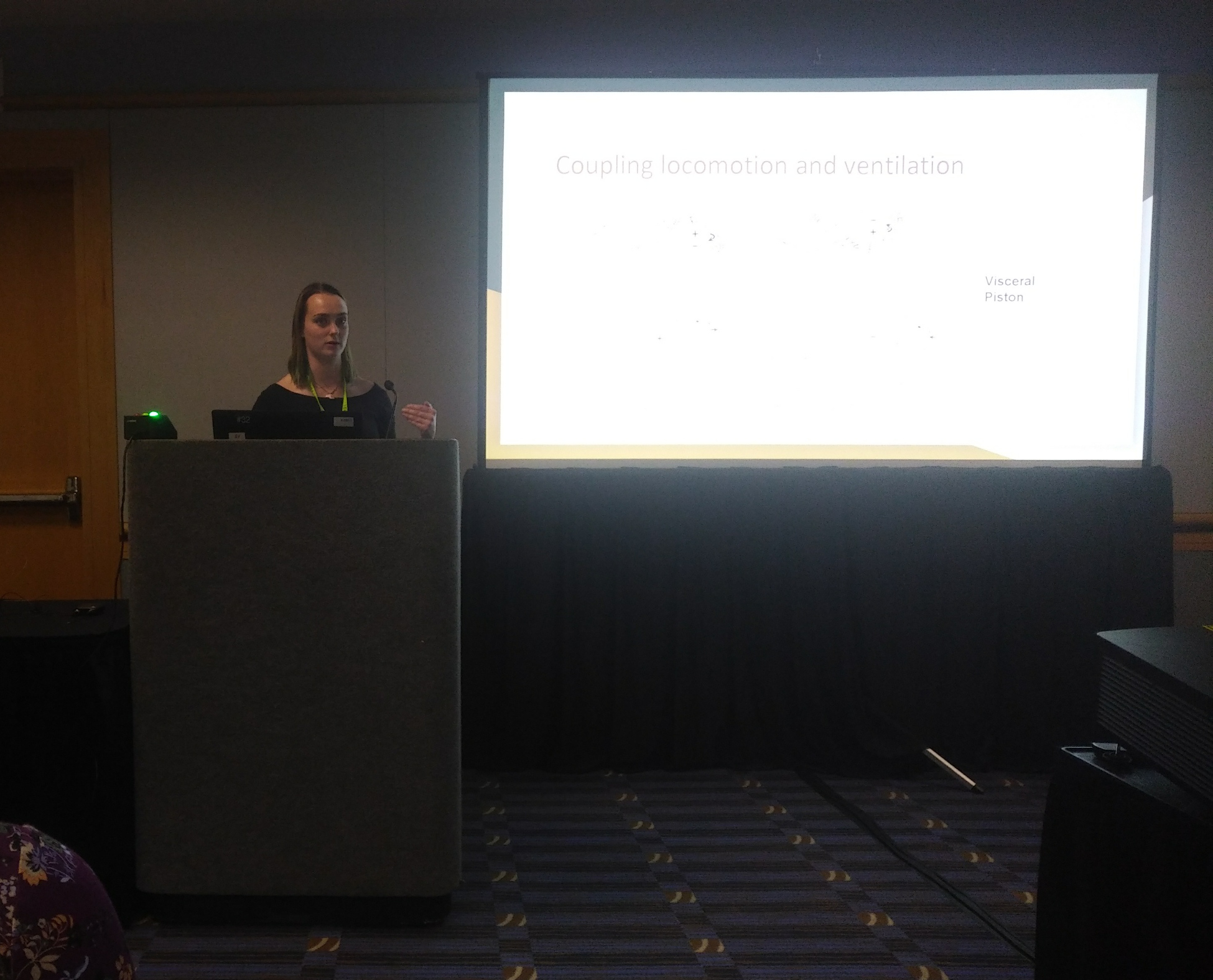
|
Savannah Draud started working in the Dearolf lab in the fall of 2017 by doing an independent study (BIOL 399), and she continued her work into this past summer. Her project is a study of the diaphragm of spotted dolphins (Stenella frontalis). She is using histochemistry to determine the fiber-type profile of this muscle, as well as measure fiber sizes. She is comparing the characteristics of the spotted dolphin diaphragm to those of this muscle in the bottlenose dolphins (Tursiops truncatus) (Dearolf, 2003). And, Savannah presented a talk about her study at the 2019 SICB Meeting in Tampa, FL. The specimens for Savannah’s study were provided by the Marine Mammal Stranding Program at the University of North Carolina Wilmington and our collaborators, Dr. Ann Pabst and Mr. William McLellan. |
|
Brendan Midkiff started working in the Dearolf lab in the summer of 2018 through an Odyssey grant. He worked on the glycolytic activity, measured using lactate dehydrogenase (LDH) enzyme kinetic assays, of the vocal muscles in bottlenose dolphins (Tursiops truncatus) and harbor porpoises (Phocoena phocoena) To understand his results, he compared them to those of Brandon Cathey, Sarah McHugh, Megan Murphy, and Olivia Sims. All of these results were published in the Journal of Comparative Physiology B by Thometz et al. (2018) And, Brendan presented the results of his work at the 2019 SICB Meeting in Tampa, FL. Brendan’s study would not have been possible without our collaborators, including Dr. Nicole Thometz at the University of San Francisco, Drs. Robin Dunkin and Terrie Williams at UC Santa Cruz, and Drs. Dawn Noren and Marla Holt at the Northwest Fisheries Science Center. |
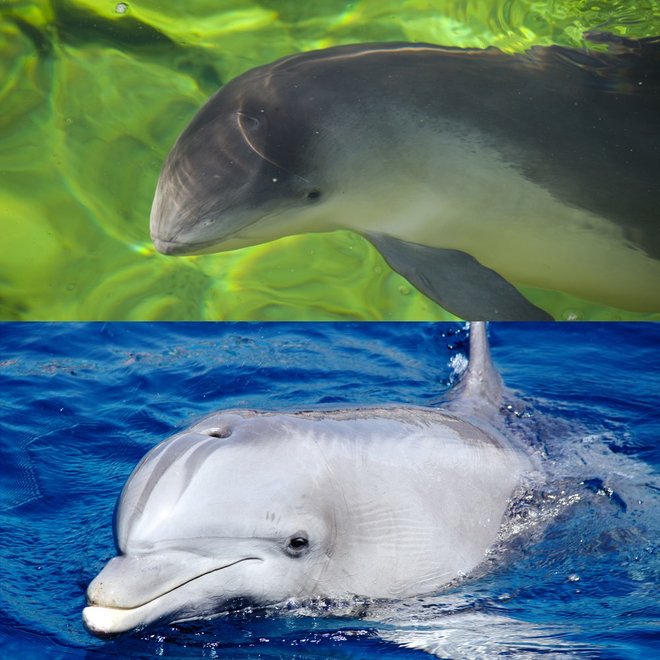 |
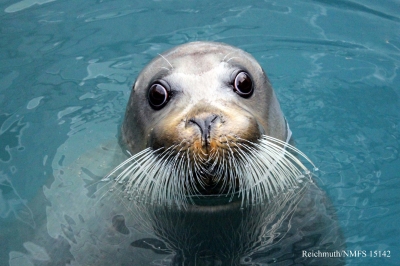  |
Another Odyssey grant allowed Elijah Ballard to join the Dearolf lab in the summer of 2018. During the summer, he worked to determine the percentages of hybrid fibers, fibers reacting to both the anti-slow (A4.951) and anti-fast IIa (SC-71) antibodies, in the bearded seal longissimus dorsi muscle. He also helped Lindsey Barrett with her project. He presented a poster about the results of his study at the 2019 Society for Integrative and Comparative Biology (SICB) meeting in Tampa, FL. |
|
Tel Johnson started working in the Dearolf lab in the summer of 2018 through a grant made available through an Odyssey Professorship awarded to Dr. Dearolf and Dr. Laura MacDonald. Tel's study was a continuation of work started by Judith Brown, Almas Chughtai, and Rebekah Walker. She worked on a project to determine the effects of multi-course prenatal steroids on the oxidative and glycolytic enzyme activities in the fetal guinea pig (Cavia porcellus) rectus thoracic muscle. To do so, she measured the citrate synthase and lactate dehydrogenase activities in fetal control and treated muscles, as well as the muscles of 1-day-old neonates and adults. And, Tel presented the results of her work at the 2019 SICB Meeting in Tampa, FL. |
 |
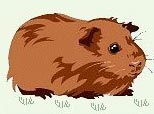 Return to research page
Return to research page  Return to home page
Return to home page